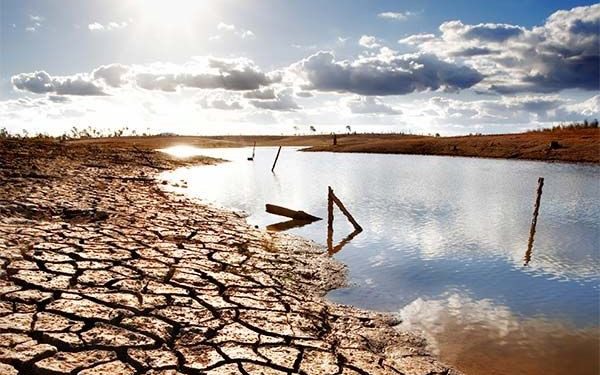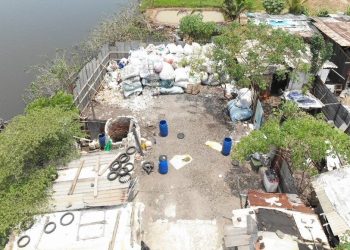Jakarta Indonesia Sentinel — The dry season has officially begun in parts of Indonesia, while many other regions are still transitioning from the rainy season. However, the country is already experiencing an intense heat, with temperatures surpassing 35 degrees Celsius in several locations over the past week.
Indonesia’s Meteorology, Climatology and Geophysics Agency (BMKG) reported that extreme heat has gripped parts of the archipelago, with the highest recorded temperature hitting 37.9°C (100.2°F) at Juanda Meteorological Station in East Java. Other hotspots include Tanah Merah in South Papua at 37°C and South Tangerang in Banten Province, where temperatures peaked at 35.4°C.
The BMKG said the onset of the dry season typically unfolds gradually from April through June. In April, dry season conditions began in eastern Lampung, the northern coast of western Java, the eastern coast of Java, parts of Bali, West Nusa Tenggara (NTB), and East Nusa Tenggara (NTT).
Looking ahead, the agency forecasts that more regions including central to eastern Java, southern Kalimantan, parts of Bali, and southern Papua will enter the dry season in May. By June, most of Sumatra, western Java, southern Kalimantan, and some parts of Sulawesi and Papua are expected to follow.
Read Also:
For now, much of the country remains in a transitional phase, from the rainy to the dry season. This period is marked by scorching midday heat and the possibility of heavy rainfall in the late afternoon or evening.
“The combination of intense solar radiation and high humidity is likely to cause unusually hot conditions from morning until early afternoon,” BMKG noted in its Weekly Weather Outlook for April 29 to May 5, 2025. “Meanwhile, significant weather events, including heavy rain and thunderstorms, remain possible in the late afternoon to evening.”
Several meteorological factors are contributing to the heat. Clear skies with minimal cloud cover allow for maximum solar heating, while the current solar declination places the sun directly near the equator resulting in stronger solar radiation across Indonesia.
Additionally, low wind speeds in many areas are exacerbating the situation by preventing the natural dispersion of heat, leading to heat buildup at ground level.
As Indonesia enters the dry season, BMKG advise the public to stay alert for potential heat-related risks and to take necessary precautions during this period of intense weather fluctuations.
(Raidi/Agung)


























